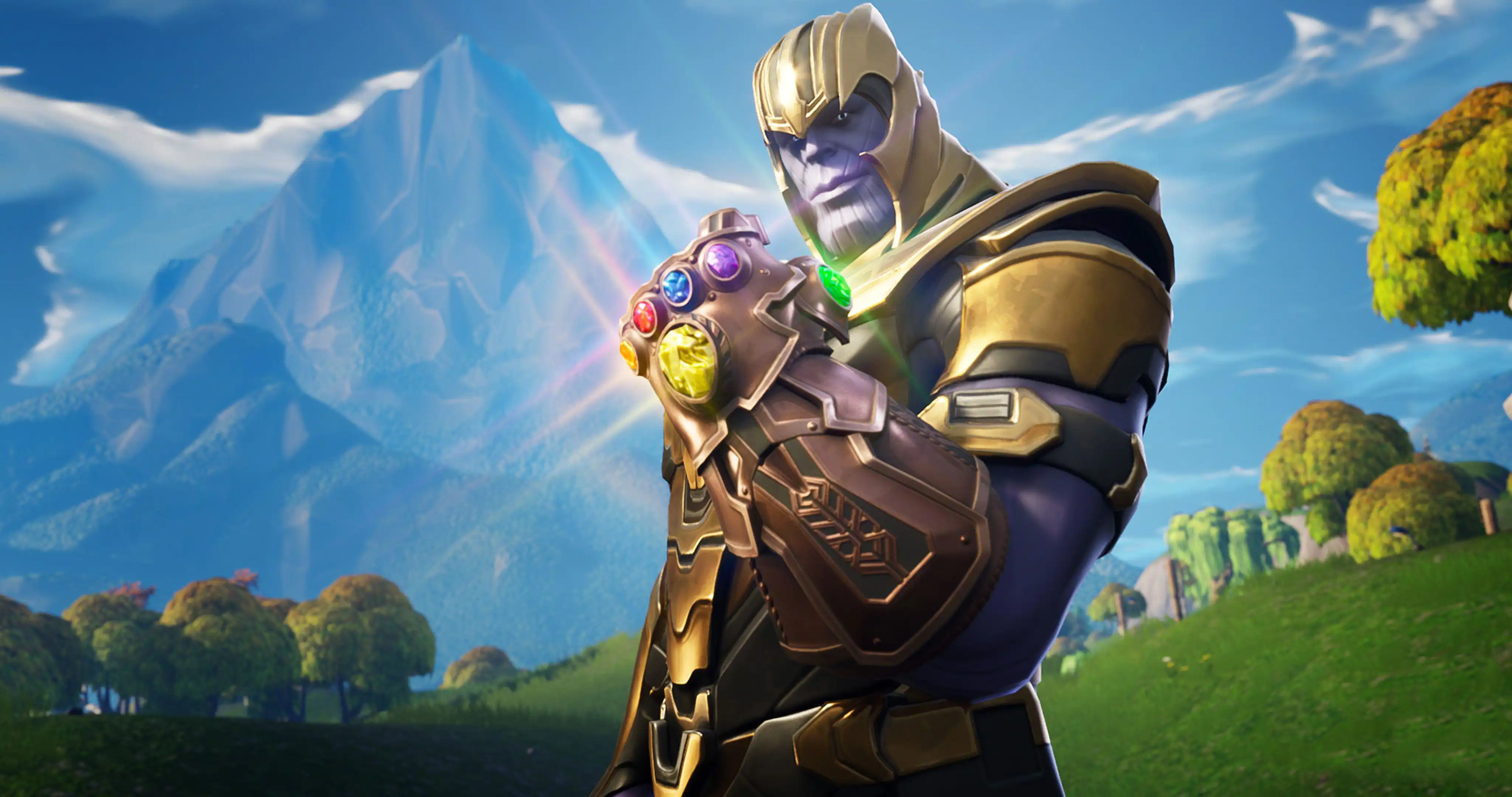Every game has its economy, an intricate balancing act that gives items their worth and value. Fortnite, a popular video game by Epic Games, is no exception. However, an inconsistency in Fortnite's in-game item pricing in relation to their real-world value has some players scratching their heads.
The Bone Wasp and the Anarchy Axe are the two items in question. They are both priced identically in the game's shop. But the problem lies in how their actual identifying features diverge significantly. These features usually give some indication as to the item's relative value in Fortnite.
The Bone Wasp is a character skin, and as most players can attest, character skins are one of Fortnite's standout, must-have items. They allow players to customize their character's appearance, an essential aspect of any modern game. Buying a well-designed and exclusive skin gives a player a sense of uniqueness, pride, and even prestige.

On the other hand, the Anarchy Axe is a mere pickaxe. While still important, pickaxes are essentially utility items within the game. They are used to mine and break down structures and objects for resources. To many players, they do not carry the same subjective value as character skins.
The Anarchy Axe, though stylized and well-designed, has a slightly lower worth from a user perspective. It can be used to personalize the gaming experience but compared to a character skin, it does no significant add-on other than aesthetic appeal, unlike the character skin which changes the whole character image.
This pricing discrepancy has led some to question Fortnite's item valuation scheme. If a character skin and a pickaxe are both valued the same, it could mean one of two things. Either the pickaxe is overpriced, or the character skin is underpriced, either way, the question of equitable valuation arises.
What's more, is games link these elements to play to a player's emotions. The distinct design of the items makes them coveted, creating a demand. The items' respective values in real-world money also affect the perceived value to the player.
At a broader level, one can argue that these pricing inconsistencies are a reflection of the still evolving world of digital economies, particularly in gaming. However, it is a delicate balance because this perceived value could affect the player's engagement with Fortnite.
Another perspective to consider is, is the price discrepancy strategic? Could Epic Games be experimenting to see if players are willing to shell out the same amount for a lower value item? Could this be a trend-setting move?
Fans will always be more inclined towards items that give them the best utilization of their V-bucks. If they perceive that some items are higher in value but cost the same as lower value items, they may opt not to buy. Hence the challenge for Epic Games will be to continue to ensure they provide value as per the player's expectations.
A balanced in-game economy is essential for games like Fortnite. Given its scale, any slight inconsistency could have drastic impacts on the player base. And if a player feels they are short-changed, they may take their virtual dollars and engagement elsewhere.
The real-world value of in-game items has been a challenge for game developers for years. Players feel the disconnect and have expressed their concerns openly. Epic Games would do well to heed these warnings.
Addressing this issue head-on could not only solidify Fortnite's competitive dominance but also strengthen the bond between its players and the game. After all, the player's engagement and commitment to the game are what truly keeps a game like Fortnite thriving.
Any tweaks to the pricing structure would likely require changing Fortnite's established internal economy. Yet, it is logical considering the sustainability of the gaming industry largely depends on the players' interests and investment.
Fortnite's dedication to user experience and satisfaction has been one of its strong suits. The game's success can be partially attributed to its ability to balance gameplay, aesthetic appeal, and the perceived economic value of its in-game items.
Conclusively, Fortnite's pricing inconsistency is an intriguing example of a modern video game conundrum. How accurate can the valuation of digital items against real-world currency be, especially when they appeal differently to different users?
In an international phenomenon like Fortnite, adjustments to pricing likely won't come without backlash from players. With over 350 million registered users worldwide, appeasing everyone will be impossible. However, it will be interesting to see how Fortnite navigates these waters in the promising future of their virtual economy.